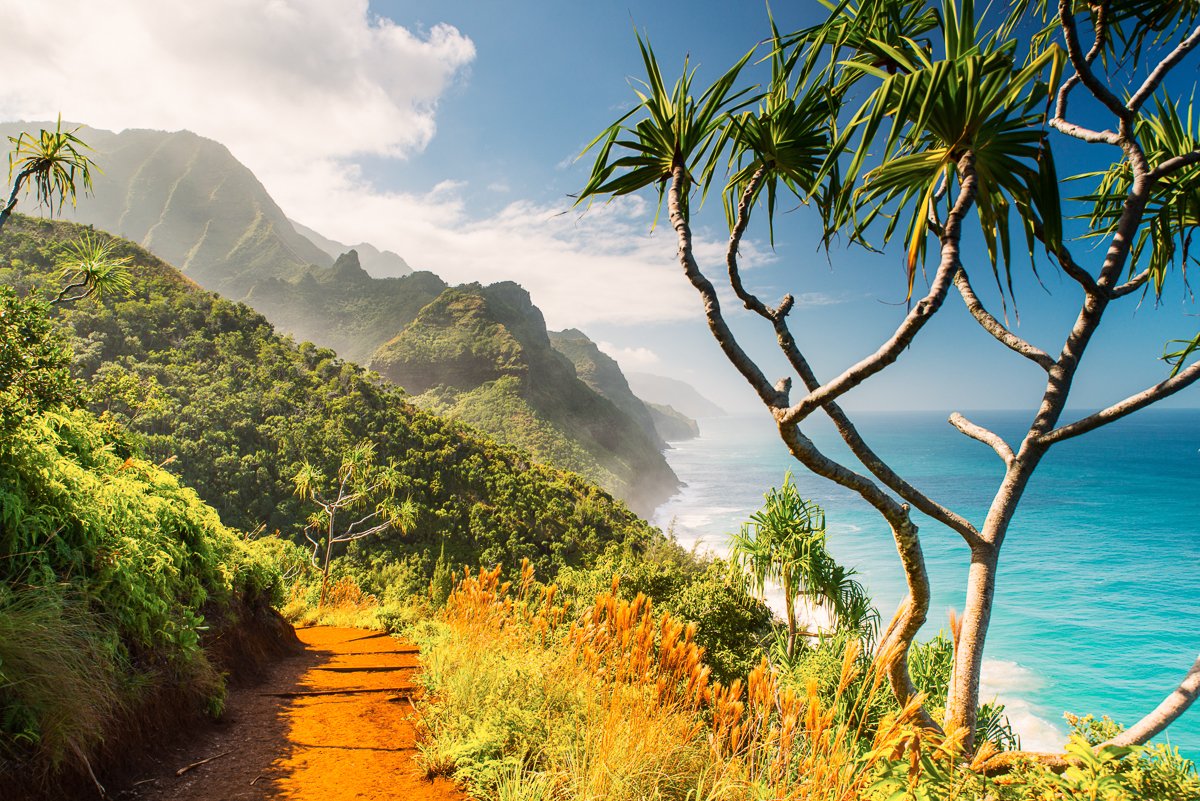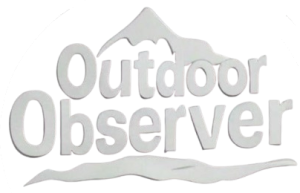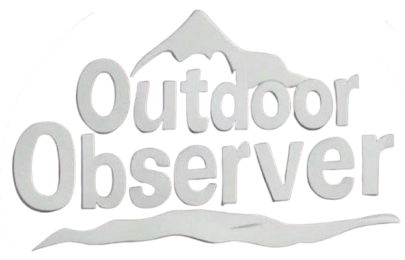This Content Is Only For Subscribers

Every year, thousands of hikers are drawn to the most perilous trails in the United States—not despite the danger, but because of it. From the knife-edge ridges of Mount Washington’s Huntington Ravine to the sweltering and isolated expanse of the Kalalau Trail in Hawaii, the most treacherous routes continue to entice adventurers seeking the limits of physical and mental endurance.
Annual Toll: Rescues, Injuries, and Fatalities
According to data from the National Park Service and search and rescue (SAR) operations across the country, incidents on difficult hiking trails remain steady each year. The U.S. Department of the Interior reported that in 2023, there were over 3,600 SAR missions conducted on federal lands—many of which occurred on high-risk trails. These missions often stem from falls, dehydration, exposure, and navigational errors.
In the Grand Canyon alone, the National Park Service recorded more than 300 emergency responses in 2022, with heat-related illness topping the list. The Angels Landing Trail in Utah’s Zion National Park has seen 17 confirmed deaths since 2000, and sections of the Sierra Nevada, especially the Mount Whitney Trail, see routine injuries from altitude sickness and falls.
Search and rescue operations are costly. While many parks do not charge for emergency rescues, taxpayers ultimately absorb these expenses. In remote areas, helicopter extractions can cost local agencies tens of thousands of dollars per incident. Some states—such as New Hampshire—have enacted “hiker responsibility” laws allowing officials to bill negligent individuals for rescue costs if they were found to be unprepared or reckless, a policy legal under RSA 206:26-bb.
Despite the risks, many experienced hikers defend the pursuit. “It’s not about danger for danger’s sake,” said Sarah Kline, a Pacific Crest Trail veteran who attempted the notorious Class 3 Knife Edge in Maine’s Baxter State Park. “It’s about testing the boundaries—your gear, your planning, your mental control.”
Online hiking communities, like those on Reddit’s r/Ultralight or AllTrails, regularly discuss risk mitigation: weather preparedness, injury protocol, and responsible Leave No Trace principles. While there is pride in completing routes like the Bright Angel Trail in extreme summer heat or tackling the Narrows during flash-flood season, there is also growing awareness around accountability and respecting trail limits.
To manage risk, some federal and state parks have begun issuing limited-access permits for hazardous trails. Angels Landing now requires a permit year-round, while Grand Canyon National Park has increased signage and heat-risk warnings. These measures are supported by the Wilderness Act and individual park mandates under Title 36 of the Code of Federal Regulations.
Organizations such as the American Hiking Society promote safety campaigns and advocate for better trail maintenance and SAR funding. Public education remains critical in helping reduce preventable injuries and fatalities. Challenging America’s most dangerous trails is not inherently reckless—but it demands preparation, respect, and realism. As the appetite for extreme outdoor adventure grows, so too must awareness of its real consequences. The trail may be steep, but the legal and physical stakes are steeper.



